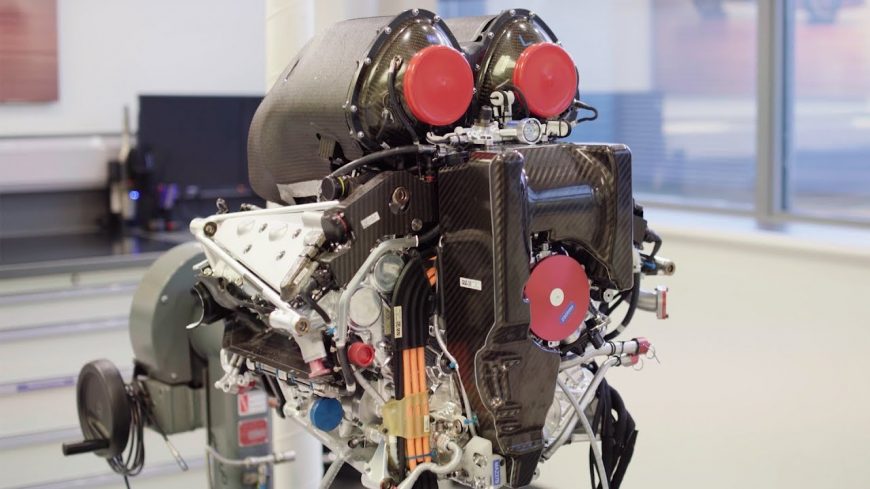F1 Explained: The Most Powerful Mercedes F1 Engine Ever Made!

Formula 1 cars have long been established as the most advanced race cars in the world. With team budgets reaching well into the hundreds of millions, much of the focus is on build the most efficient engine possible. Perhaps more than any other form of motorsports, efficiency is of the extreme importance in F1, where the cars need to be able to use as much of the energy contained in the fuel as possible anytime the driver’s right foot is planted on the floor.
A typical internal combustion engine is only able to convert around 20% of the energy contained in the fuel to actual useable energy thanks to factors like friction and the overall poor design, as far as efficiency is concerned, of the typical engine.
The F1 engineers at Mercedes have reached a milestone many once believed may be impossible in building an engine that converts more than half of it’s burned fuel into useable energy. Topping the 50% mark means Mercedes has built an engine that actually uses more fuel than it wastes, and it’s done so without using exotic materials. Using aluminum and steel throughout the engine, the team managed to build the engine within the current rules for the FIA and reach a milestone never before reached with a piston-driven engine.
Mercedes placed two drivers in the top three in points in 2017 including season champion Lewis Hamilton, and has Hamilton again leading the points in 2018, proving that their hard work has paid off handsomely.
It’s great to hear that Mercedes is applying what they’ve learned throughout this process to the road-going cars as well. No, we won’t see an S Class getting 50% thermal efficiency anytime soon, but they are planning to drop a version of the F1 powerplant into Project One, their insane F1-insipired road car.

